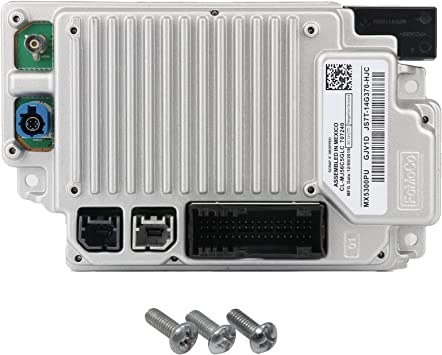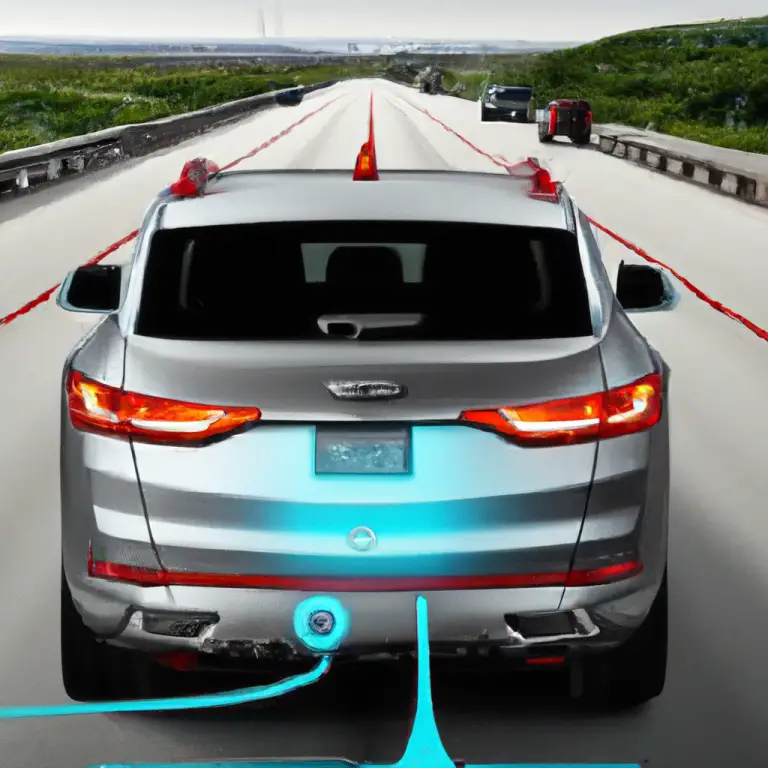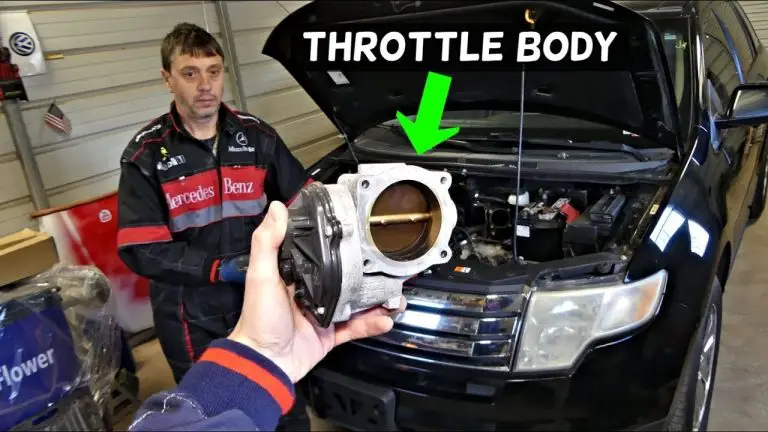How to Tell If Apim Module is Bad
To tell if your APIM module is bad, look out for electrical problems such as dimming or flickering lights, communication issues with other vehicle modules, and inability to control features such as power windows, mirrors, and radio.
A diagnostic tool can be used to check for error codes and inspect the wiring and connections to confirm the issue with the APIM module.
The Accessory Protocol Interface Module (APIM) is a vital component in modern vehicles that plays a crucial role in the communication and control of various accessories and features.
It is responsible for power windows, mirrors, audio systems, climate control, and other functions in a vehicle. As technology advances, vehicles have become more reliant on this module, and a malfunctioning APIM can result in serious issues with the vehicle.
In this blog post, we will discuss how to tell if your APIM module is bad, the symptoms to look out for, and the steps to diagnose and repair it.
Signs of a Bad APIM Module
The Accessory Protocol Interface Module (APIM) is an essential component in modern vehicles that controls and communicates various vehicle accessories and features.
A malfunctioning APIM can result in serious issues and decreased driving experience. Here are three steps to identify if your APIM module is bad.
Electrical problems
- The first and most common sign of a bad APIM module is electrical problems. If you notice dimming or flickering lights, this may indicate that your APIM module is malfunctioning.
Check all the lights in your vehicle, including the dashboard lights, headlights, and taillights, to see if they are functioning properly.
In addition, you may also notice that your vehicle’s battery is draining faster than usual, which can also indicate a problem with the APIM module.
Communication issues with other modules
- The APIM module communicates with various other modules in your vehicle, including the instrument cluster, HVAC system, and entertainment system. If you experience communication issues with these modules, it may indicate a problem with the APIM.
For example, if the air conditioning system is not functioning properly or the instrument cluster is not displaying information correctly, it may be a sign of a bad APIM module.
Inability to control vehicle features
- The APIM module is responsible for controlling various vehicle features, such as power windows, mirrors, audio systems, and climate control. If you are unable to control these features, it may indicate a problem with the APIM module.
For example, if your power windows are not functioning, or if your audio system is not responding to controls, it may be a sign of a bad APIM module.
These three steps can help you identify if your APIM module is bad. Regular maintenance and inspection of this module can prevent problems from arising.
If you suspect a problem with your APIM module, it is important to diagnose and repair it as soon as possible to avoid further damage to the vehicle and ensure a smooth driving experience.
Diagnosing a Bad APIM Module: A Step-by-Step Guide
The Accessory Protocol Interface Module (APIM) is a crucial component in modern vehicles that controls and communicates various vehicle accessories and features.
If you suspect that your APIM module is bad, it is important to diagnose the issue promptly to avoid further damage to your vehicle and ensure a smooth driving experience. Here are three steps to diagnose a bad APIM module.
Using a Diagnostic Tool
The first step in diagnosing a bad APIM module is to use a diagnostic tool. This tool will help you read and clear error codes from your vehicle’s computer system.
The codes will provide information about the specific problem with the APIM module and assist you in determining if it needs to be repaired or replaced.
Checking for Error Codes
After connecting the diagnostic tool, check for any error codes related to the APIM module. If you find any error codes, it is important to take note of them and research their meanings to determine the cause of the problem. Error codes can provide valuable information about the specific problem with the APIM module and help you determine the best course of action.
Inspecting the Wiring and Connections
The final step in diagnosing a bad APIM module is to inspect the wiring and connections. Check for any damaged or loose connections, and inspect the wiring for signs of corrosion or damage.
Make sure that all connections are secure and in good condition, as this can affect the communication between the APIM module and other components in your vehicle.
These three steps can help you diagnose a bad APIM module. Regular maintenance and inspection of this module can prevent problems from arising.
If you suspect a problem with your APIM module, it is important to diagnose and repair it as soon as possible to avoid further damage to the vehicle and ensure a smooth driving experience.
What is an APIM module?
APIM stands for Accessory Protocol Interface Module. It is a module in a vehicle responsible for communication and control of various accessories and features.
What are the common symptoms of a bad APIM module?
Electrical problems, communication issues with other modules, and inability to control vehicle features are the common symptoms of a bad APIM module.
Can a bad APIM module cause other issues in a vehicle?
Yes, a bad APIM module can lead to other issues in a vehicle such as loss of power to accessories and decreased driving experience.
Related Post
- F150 Blend Door Actuator Reset
- 2010 Ford F150 Heat Not Working
Conclusion
If your Apim module is not working correctly, there are a few things you can check to see if it is bad. First, check the manufacturer’s website to see if there are any known issues with the module. Next, check to see if all of the connections are secure and that no wires are loose.
Finally, test the module by plugging it into another car or by using a multimeter to test the voltage output. If the module is still not working after these checks, then it is likely bad and needs to be replaced.







